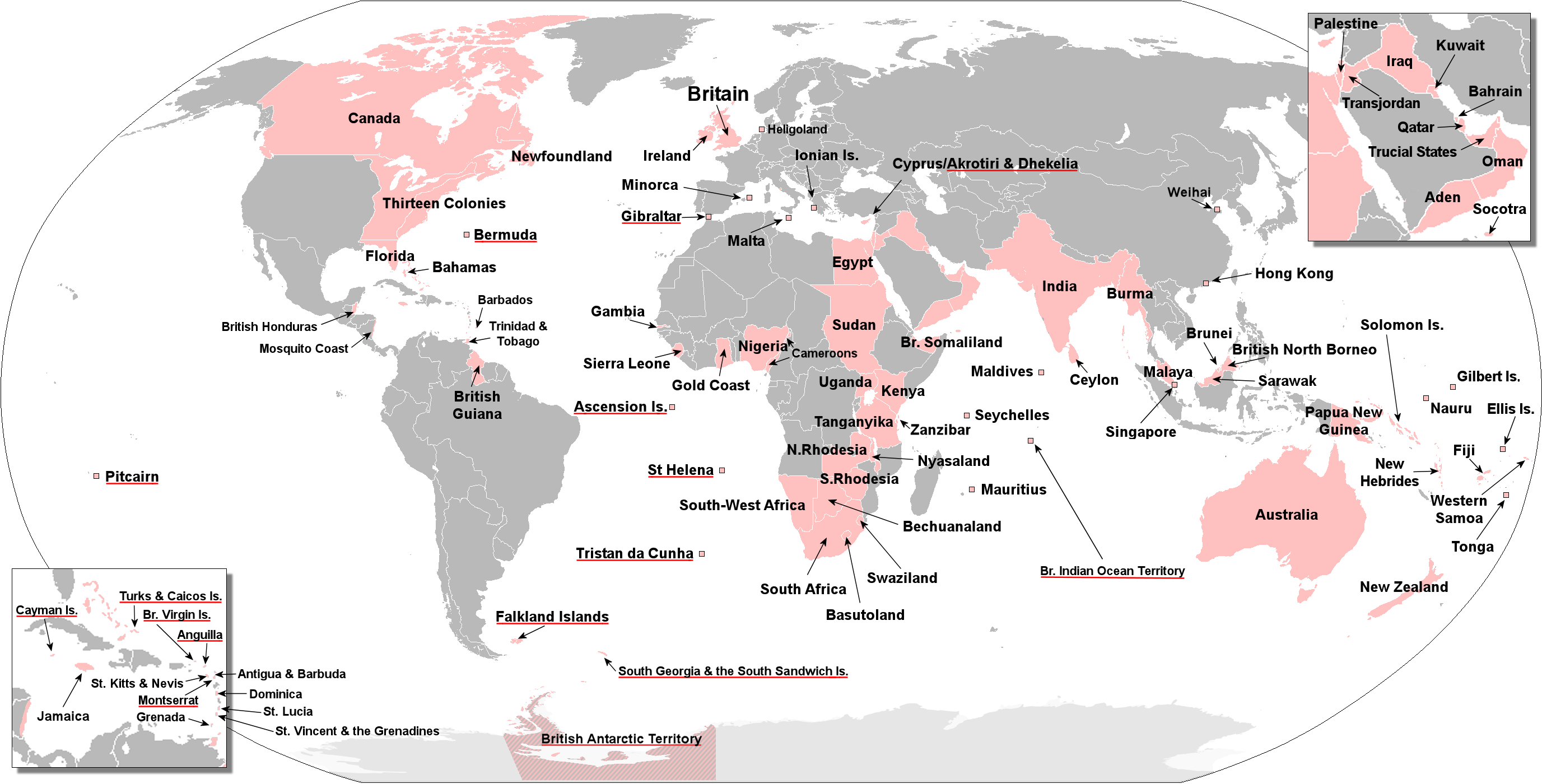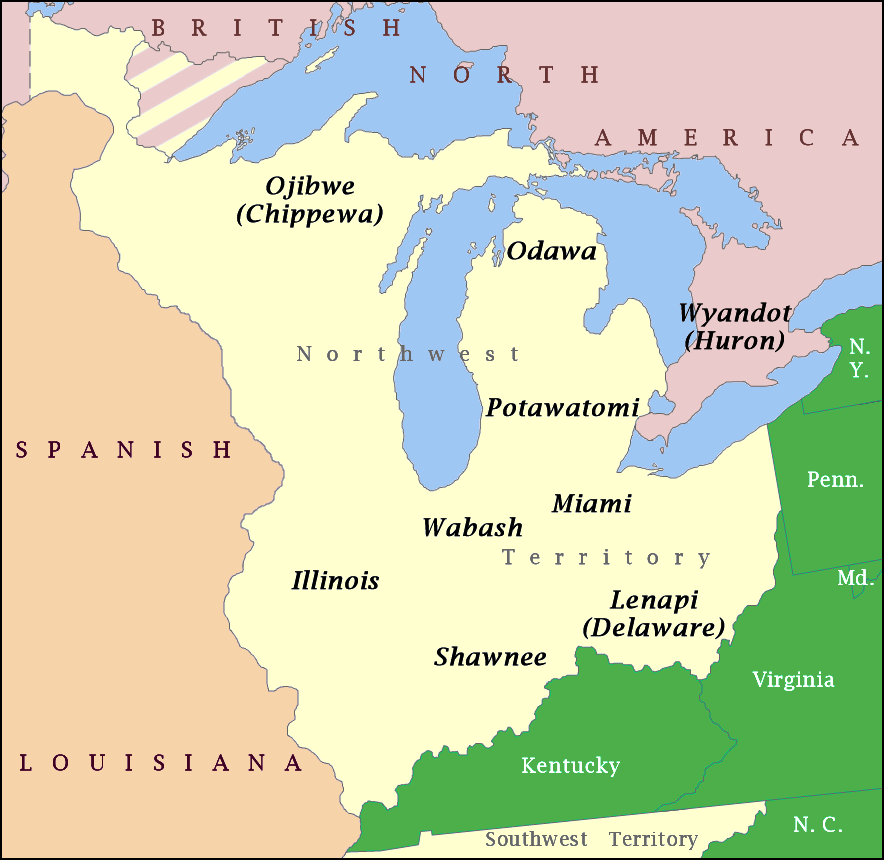|
William Stacy
William Stacy (February 15, 1734 – August 1802) was an officer of the Continental Army during the American Revolutionary War, and a pioneer to the Ohio Country. Published histories describe Colonel William Stacy's involvement in a variety of events during the war, such as rallying the militia on a village common in Massachusetts, participating in the Siege of Boston, being captured by Loyalists and American Indians at the Cherry Valley massacre, narrowly escaping a death by burning at the stake, General George Washington's efforts to obtain Stacy's release from captivity, and Washington's gift of a gold snuff box to Stacy at the end of the war. During Col. William Stacy's post-war life, he was a pioneer, helping to establish Marietta, Ohio, as the first permanent American settlement of the new United States in the Northwest Territory. He was active in the Marietta pioneer community, and served as foreman of the first Grand Jury in the Northwest Territory, an event ... [...More Info...] [...Related Items...] OR: [Wikipedia] [Google] [Baidu] |
Mound Cemetery (Marietta, Ohio)
Mound Cemetery in Marietta, Ohio, is a historic cemetery developed around the base of a prehistoric Adena burial mound known as the Great Mound or ''Conus''. The city founders preserved the Great Mound from destruction by establishing the city cemetery around it in 1801. The city of Marietta was developed in 1788 by pioneers from Massachusetts, soon after the American Revolutionary War and organization of the Northwest Territory. Many of the founders were officers of the Revolutionary War who had received federal land grants for military services. Among high-ranking officers buried at the cemetery are generals Rufus Putnam and Benjamin Tupper, who were founders of the Ohio Company of Associates; as well as Commodore Abraham Whipple and Colonel William Stacy. The cemetery has the highest number of burials of American Revolutionary War officers in the country.Johnson, ''What to See in America'', 224. Great Mound or Conus The conical Great Mound at Mound Cemetery is part o ... [...More Info...] [...Related Items...] OR: [Wikipedia] [Google] [Baidu] |
Snuff Box
A decorative box is a form of packaging that is generally more than just functional, but also intended to be decorative and artistic. Many such boxes are used for promotional packaging, both commercially and privately. Historical objects are usually called caskets if larger than a few inches in more than one dimension, with only smaller ones called boxes. Gift box Traditionally gift boxes used for promotional and seasonal gifts are made from sturdy paperboard or corrugated fiberboard. These boxes normally consist of a base and detachable lid and are made by using a die cutting process to cut the board. The box is then covered with decorative paper. Gift boxes can be dressed with other gift packaging material, such as decorative ribbons and gift tissue paper. Work box The most common type of decorative box is the feminine work box. It is usually fitted with a tray divided into many small compartments for needles, reels of silk and cotton, and other necessaries for stitcher ... [...More Info...] [...Related Items...] OR: [Wikipedia] [Google] [Baidu] |
Powder Alarm
The Powder Alarm was a major popular reaction to the removal of gunpowder from a magazine near Boston by British soldiers under orders from General Thomas Gage, royal governor of the Province of Massachusetts Bay, on September 1, 1774. In response to this action, amid rumors that blood had been shed, alarm spread through the countryside to Connecticut and beyond, and American Patriots sprang into action, fearing that war was at hand. Thousands of militiamen began streaming toward Boston and Cambridge, and mob action forced Loyalists and some government officials to flee to the protection of the British Army. Although it proved to be a false alarm, the Powder Alarm caused political and military leaders to proceed more carefully in the days ahead, and essentially provided a "dress rehearsal" for the Battles of Lexington and Concord seven and a half months later. Furthermore, actions on both sides to control weaponry, gunpowder, and other military supplies became more conten ... [...More Info...] [...Related Items...] OR: [Wikipedia] [Google] [Baidu] |
Village Green
A village green is a common open area within a village or other settlement. Historically, a village green was common grassland with a pond for watering cattle and other stock, often at the edge of a rural settlement, used for gathering cattle to bring them later on to a common land for grazing. Later, planned greens were built into the centres of villages. The village green also provided, and may still provide, an open-air meeting place for the local people, which may be used for public celebrations such as May Day festivities. The term is used more broadly to encompass woodland, moorland, sports grounds, buildings, roads and urban parks. History Most village greens in England originated in the Middle Ages. Individual greens may have been created for various reasons, including protecting livestock from wild animals or human raiders during the night, or providing a space for market trading. In most cases where a village green is planned, it is placed in the centre of a settlem ... [...More Info...] [...Related Items...] OR: [Wikipedia] [Google] [Baidu] |
Battles Of Lexington And Concord
The Battles of Lexington and Concord were the first military engagements of the American Revolutionary War. The battles were fought on April 19, 1775, in Middlesex County, Province of Massachusetts Bay, within the towns of Lexington, Concord, Lincoln, Menotomy (present-day Arlington), and Cambridge. They marked the outbreak of armed conflict between the Kingdom of Great Britain and its thirteen colonies in America. In late 1774, Colonial leaders adopted the Suffolk Resolves in resistance to the alterations made to the Massachusetts colonial government by the British parliament following the Boston Tea Party. The colonial assembly responded by forming a Patriot provisional government known as the Massachusetts Provincial Congress and calling for local militias to train for possible hostilities. The Colonial government effectively controlled the colony outside of British-controlled Boston. In response, the British government in February 1775 declared Massachusetts to be i ... [...More Info...] [...Related Items...] OR: [Wikipedia] [Google] [Baidu] |
British Empire
The British Empire was composed of the dominions, colonies, protectorates, mandates, and other territories ruled or administered by the United Kingdom and its predecessor states. It began with the overseas possessions and trading posts established by England between the late 16th and early 18th centuries. At its height it was the largest empire in history and, for over a century, was the foremost global power. By 1913, the British Empire held sway over 412 million people, of the world population at the time, and by 1920, it covered , of the Earth's total land area. As a result, its constitutional, legal, linguistic, and cultural legacy is widespread. At the peak of its power, it was described as " the empire on which the sun never sets", as the Sun was always shining on at least one of its territories. During the Age of Discovery in the 15th and 16th centuries, Portugal and Spain pioneered European exploration of the globe, and in the process established ... [...More Info...] [...Related Items...] OR: [Wikipedia] [Google] [Baidu] |
Thirteen Colonies
The Thirteen Colonies, also known as the Thirteen British Colonies, the Thirteen American Colonies, or later as the United Colonies, were a group of British colonies on the Atlantic coast of North America. Founded in the 17th and 18th centuries, they began fighting the American Revolutionary War in April 1775 and formed the United States of America by declaring full independence in July 1776. Just prior to declaring independence, the Thirteen Colonies in their traditional groupings were: New England (New Hampshire; Massachusetts; Rhode Island; Connecticut); Middle (New York; New Jersey; Pennsylvania; Delaware); Southern (Maryland; Virginia; North Carolina; South Carolina; and Georgia). The Thirteen Colonies came to have very similar political, constitutional, and legal systems, dominated by Protestant English-speakers. The first of these colonies was Virginia Colony in 1607, a Southern colony. While all these colonies needed to become economically viable, the founding of ... [...More Info...] [...Related Items...] OR: [Wikipedia] [Google] [Baidu] |
Province Of Massachusetts Bay
The Province of Massachusetts Bay was a colony in British America which became one of the thirteen original states of the United States. It was chartered on October 7, 1691, by William III and Mary II, the joint monarchs of the kingdoms of England, Scotland, and Ireland. The charter took effect on May 14, 1692, and included the Massachusetts Bay Colony, the Plymouth Colony, the Province of Maine, Martha's Vineyard, Nantucket, Nova Scotia, and New Brunswick; the Commonwealth of Massachusetts is the direct successor. Maine has been a separate state since 1820, and Nova Scotia and New Brunswick are now Canadian provinces, having been part of the colony only until 1697. The name Massachusetts comes from the Massachusett Indians, an Algonquian tribe. It has been translated as "at the great hill", "at the place of large hills", or "at the range of hills", with reference to the Blue Hills and to Great Blue Hill in particular. Background Colonial settlement of the shores o ... [...More Info...] [...Related Items...] OR: [Wikipedia] [Google] [Baidu] |
New Salem, Massachusetts
New Salem is a town in Franklin County, Massachusetts, United States. The population was 983 at the 2020 census. It is part of the Springfield, Massachusetts Metropolitan Statistical Area. History New Salem was first settled in 1737 and was officially incorporated in 1753, named for the settlers from Salem that founded the town. The geography of New Salem benefited greatly from the construction of the Quabbin Reservoir. Prior to its building, New Salem, which has always been the southeast corner of Franklin County, did not extend much further south than the village of Cooleyville, now along U.S. Route 202. However, with the forming of the reservoir, the town received all lands above the water line between the two forks of the reservoir, as it was the only land connection to the peninsula. With its southern borders now following former branches of the Swift River, New Salem now includes most of the former town of Prescott (except for a small corner east of the Middle Branc ... [...More Info...] [...Related Items...] OR: [Wikipedia] [Google] [Baidu] |
Northwest Indian War
The Northwest Indian War (1786–1795), also known by other names, was an armed conflict for control of the Northwest Territory fought between the United States and a united group of Native American nations known today as the Northwestern Confederacy. The United States Army considers it the first of the American Indian Wars. Following centuries of conflict for control of this region, it was granted to the new United States by the Kingdom of Great Britain in article 2 of the Treaty of Paris, which ended the American Revolutionary War. The treaty used the Great Lakes as a border between British territory and the United States. This granted significant territory to the United States, initially known as the Ohio Country and the Illinois Country, which had previously been prohibited to new settlements. However, numerous Native American peoples inhabited this region, and the British maintained a military presence and continued policies that supported their Native allies. Wi ... [...More Info...] [...Related Items...] OR: [Wikipedia] [Google] [Baidu] |


.jpg)




